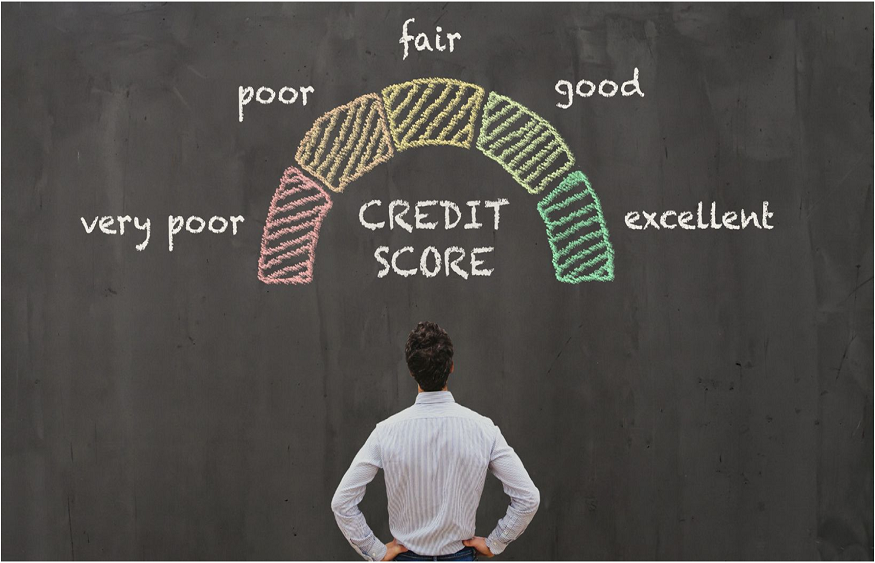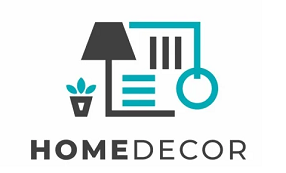
Credit Score Myths
If you are planning to buy a home soon, you are likely focused on building your credit score or maintaining it if it is already high. There are some tried and true ways to achieve a strong credit score, but there are also some myths and viral tips that don’t make much difference. Not sure how to tell the difference? Watch out for these credit score myths that will distract you from the real work you can be doing to make yourself a stronger applicant when it’s time to apply for a mortgage.
1. The 15/3 Rule
You may have heard about the 15/3 rule as a credit score hack from viral online videos or a friend. It’s the idea that you can hack the credit reporting process and improve your credit score more quickly if you pay part of the balance 15 days before the due date and the rest 3 days before the due date each month.
Dallaire Realty in Green Bay Wisconsin says, “In reality, credit score experts say this isn’t a formula you can depend on. Instead, focus on making your monthly payment on time and before the statement closing date each month.”
Most credit card billing cycles are 29 to 31 days long. If you are not sure when your credit card’s statement closing date is every month, check your online account or call your credit card company to confirm, and make sure your payment is cleared before that date each month. This is a much more significant timeline, because your balance is reported to the credit bureaus at this time, reflecting any changes to your credit utilization rate.
2. The Perfect Score
Credit scores land somewhere between 300 and 850. Depending on your personality, you may have set a goal of reaching the “perfect” credit score of 850. Reaching this score may be a bit anti-climactic. While having excellent credit will help you qualify for a mortgage with the best rates and terms, lenders are looking at the range your score falls into rather than the exact number. Even if you achieve a score of 850, you won’t see much difference between that score and an 800.
Instead, focus on getting your score into the next tier of scores. Credit scores between 670 and 739 are considered “good,” scores between 740 and 799 are considered “very good,” and anything about 800 is considered “excellent.” Find out where your score is now and instead of aiming for an exact number, aim to reach the next tier.
3. Paying Minimums is Good Enough
This tip is half-true. While making on time payments on your debts, even if it is just the minimum payment amount, will have a positive impact on your credit score, it should not be your only goal. In addition to being a slower way to pay off debts, it is not going to significantly help lower your credit utilization rate.
Credit bureaus look at your utilization rate to make up about 30% of your credit score. This means the lower the percentage of your credit limit you carry as the balance on an account, the better. Instead of aiming just to make minimum payments on time each month, focus on bringing your utilization rate down to 25%. Even a small amount beyond the minimum each month will help chip away at that balance and improve your utilization rate.
Want to learn more about preparing to qualify for a mortgage? Talk to your local real estate agent or lender now.





